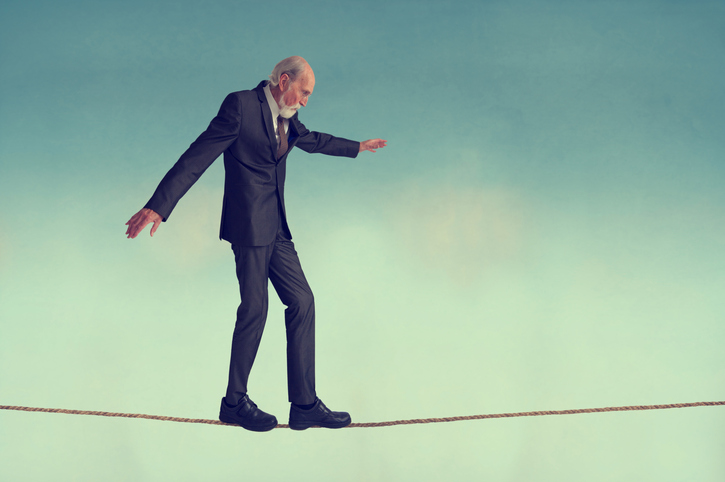Reducing your fall risk is often overlooked as a serious problem in older adults. Have you tried balancing on one foot lately? Chances are, if you are 50 years or older, you won’t be able to balance as well as you used to.
Fall risks are something that we take quite seriously at Arizona Elder Care. We have scheduled Occupational Therapists to visit our clients’ homes to identify potential fall risks like throw rugs and stairs without banisters. Falling can be a life changer for many older adults as they may result in a broken hip or worse. And injuries from falling can mean the difference between aging at home versus aging at a nursing home, which we all want to avoid.
More than a third of people ages 65 and older fall each year, but there are steps you can take in order to reduce your risk of falling. According to Michael E. Rogers in his Next Avenue article, it begins with balancing exercises. Most exercise programs focus on the importance of strength and cardio training, but they lack the training in balance exercises. At The Center for Physical Activity and Aging at Wichita State University, they are implementing Standing Strong, a program which has reduced the aging population’s fall rate from 58 percent to 16 percent. In addition, classes in Tai Chi and yoga have helped people who are dependent on walkers to regain their balance and improve their gait and flexibility.
Another potential and serious fall risk is routine medications, such as those prescribed for allergies, anxiety, or insomnia. These can cause low blood pressure and dizziness, which leads to falls. It is crucial to regularly review your medication list with your doctor or pharmacist to ensure that you are safe to work on balancing exercises. Even if you can’t get to class that specializes in balance training, walking can be a great substitute.


